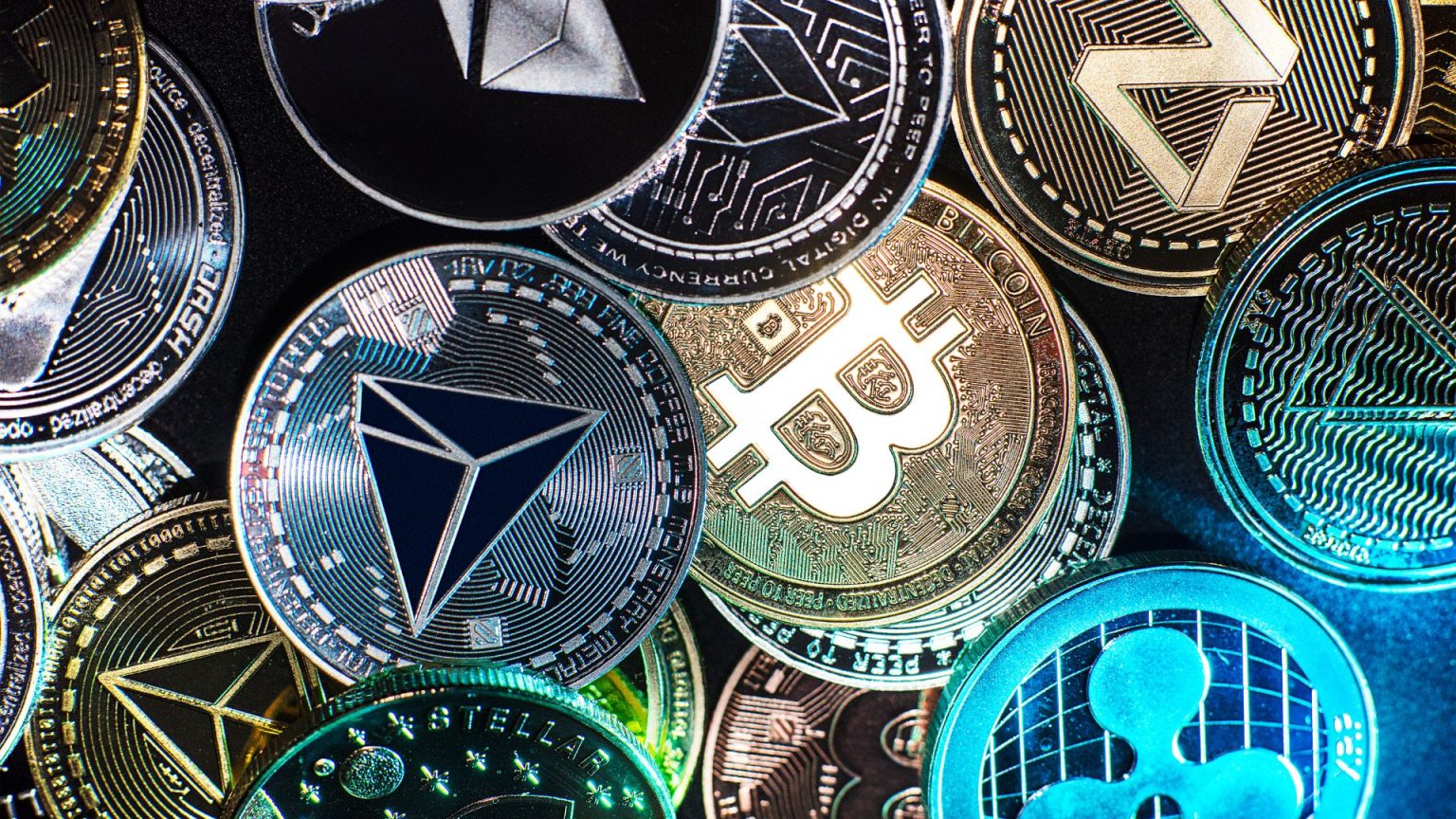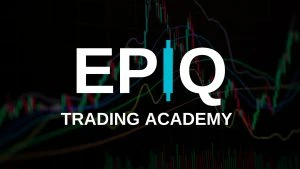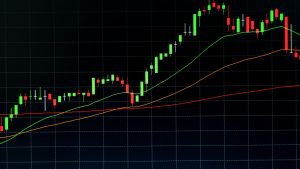If you’ve been in the crypto space long enough, you’ve probably heard the term “altcoin season” thrown around, but few traders truly understand how capital flows during these euphoric phases.
Understanding how money rotates from Bitcoin into altcoins (and eventually into low caps) can help you position your portfolio more effectively and avoid being the last one holding the bag.
In this blog post, we’ll break down:
- What altcoin season really is
- How capital flows from BTC to L1s, then to L2s/L3s
- How to use this knowledge to catch the early waves of momentum
- And the indicators that help confirm when the season is really starting
🚀 What Is Altcoin Season?
Altcoin season is a period where altcoins outperform Bitcoin across the board. It’s when money begins to flow out of Bitcoin’s dominance and into other assets, starting with Ethereum and Layer 1 blockchains before eventually making its way into mid-caps, microcaps, and meme coins.
🧭 Capital Flow: From BTC to the Ecosystem
Step 1: Bitcoin Leads the Rally
Every bull run starts with Bitcoin dominance increasing. Institutional money, retail FOMO, and mainstream headlines flood into BTC as it’s viewed as the “safe” crypto play. Volume is thick, volatility is steady, and gains are respectable.
📊 Look for signals like strong inflow on the BTC/USDT pair and upward trends in BTC.D (Bitcoin Dominance).
Step 2: Ethereum and Major L1s Catch the Flow
Once BTC starts consolidating, profits rotate into Ethereum, Solana, Avalanche, and other Layer 1 blockchains. These are seen as the next “blue chips” in crypto, offering faster transaction speeds, smart contract utility, and broader DeFi ecosystems.
🧠 Ethereum almost always moves next, and hard, because it’s the largest smart contract platform and the home base for most altcoin ecosystems.
Step 3: Layer 2s, DeFi, and Infrastructure Projects Surge
After the majors pump, capital starts dispersing further down the food chain into:
- Layer 2s (like Optimism, Arbitrum, StarkNet)
- DeFi protocols (like Aave, Compound, Balancer)
- Interoperability tokens (like Chainlink, Cosmos)
- Niche ecosystems (like Render, The Graph, or niche gaming/metaverse coins)
This is where altcoin season is in full swing and traders start hunting for 10x–100x plays.
Step 4: Retail Mania and Meme Coins
Toward the end of the cycle, when microcaps and meme coins start pumping 10–50% daily, you’re often near the top of the cycle. This is the phase where volume and volatility are maxed, and smart money begins to exit.
📈 How to Track the Rotation Effectively
To anticipate and capitalize on altcoin season, you need to monitor:
1. Bitcoin Dominance ($BTC.D)
- When BTC.D breaks down from key support zones, it often signals money flowing into altcoins.
- Pair this with rising volume on altcoin pairs for confirmation.
2. TOTAL vs TOTAL3
- $TOTAL shows the overall crypto market cap.
- $TOTAL3 shows the total crypto market cap excluding BTC and ETH.
- When $TOTAL3 outpaces $TOTAL in percentage growth, altcoins are absorbing more capital.
3. Volume Heatmaps & On-Chain Data
- Tools like the EPIQ Macro Dashboard allow you to monitor volume % change and inflow per asset.
- Spot early activity before retail catches on.
📊 The Importance of Layer 1 Entry Points
Here’s the truth: you can’t have an altcoin season without Layer 1 inflow first.
Think of L1s like Ethereum, Solana, Avalanche, and Cardano as gateways. Before capital reaches DeFi projects, NFTs, or gaming tokens, it often has to flow through these ecosystems.
That’s why it’s critical to:
- Identify which L1 ecosystems are heating up (e.g., Solana NFT activity spikes, AVAX DeFi usage upticks)
- Track ecosystem token movements within that chain
- Monitor TVL (Total Value Locked) in protocols like DeFiLlama or Token Terminal
✅ How to Trade Altcoin Season Like a Pro
- Rotate Gradually
Don’t jump straight into low caps.. Follow the flow: BTC → ETH → L1s → L2s → Micros. - Don’t Chase Pumps
Wait for pullbacks, retests, or consolidations before entering a hot altcoin. - Have a Profit Strategy
Most altcoins retrace 70–90% after peak bull runs. Scale out, set targets, and don’t get greedy. - Use EPIQ’s Trading Tools
Track all of the above with our Crypto Dashboard, Macro Trend Scanner, and Real-Time Trade Alerts.
📣 Ready to Catch the Next Altcoin Supercycle?
EPIQ Trading Floor isn’t just another signal group, it’s the world’s first social media platform for traders.
🔹 Access real-time insights and alerts from our team
🔹 Track volume trends, BTC dominance, and ecosystem flows
🔹 Learn the exact strategies we use in our Trading Academy (Section 1 is free!)
🔹 Plus: Try it free for 3 days
👉 Start your trial now and join a smarter crypto community:
🔗 https://epiqtradingfloor.com
⚠️ Not Financial Advice:
This blog is for educational purposes only. Crypto trading involves risk. Please do your own research (DYOR).










Responses